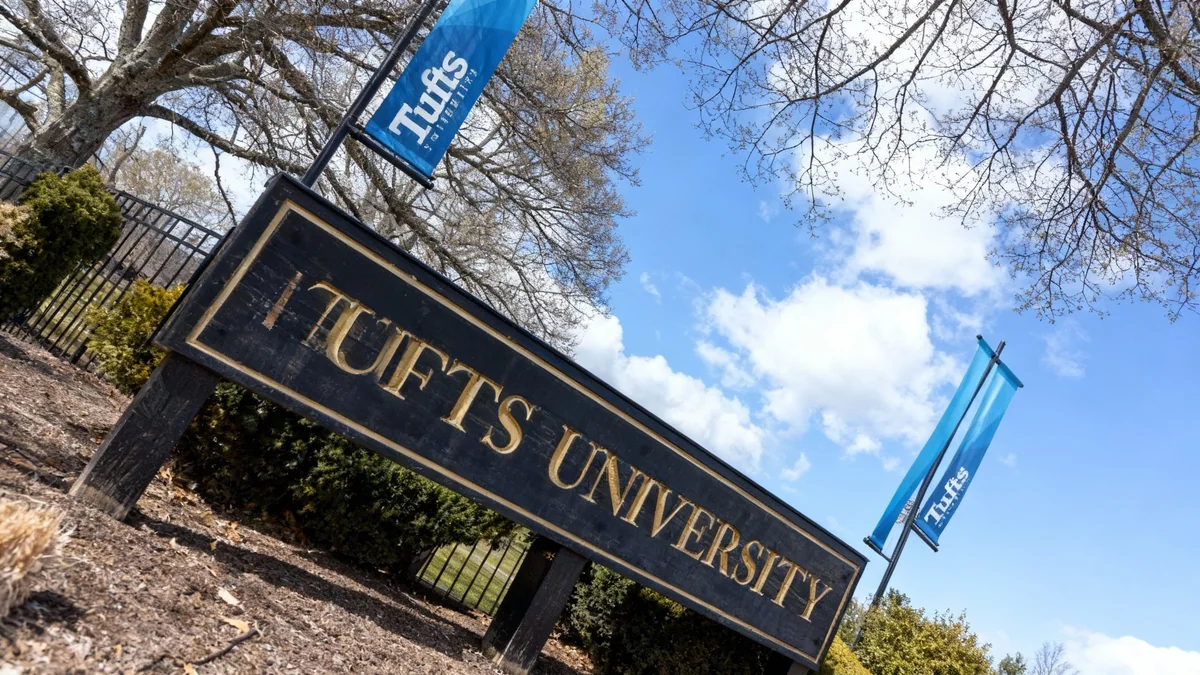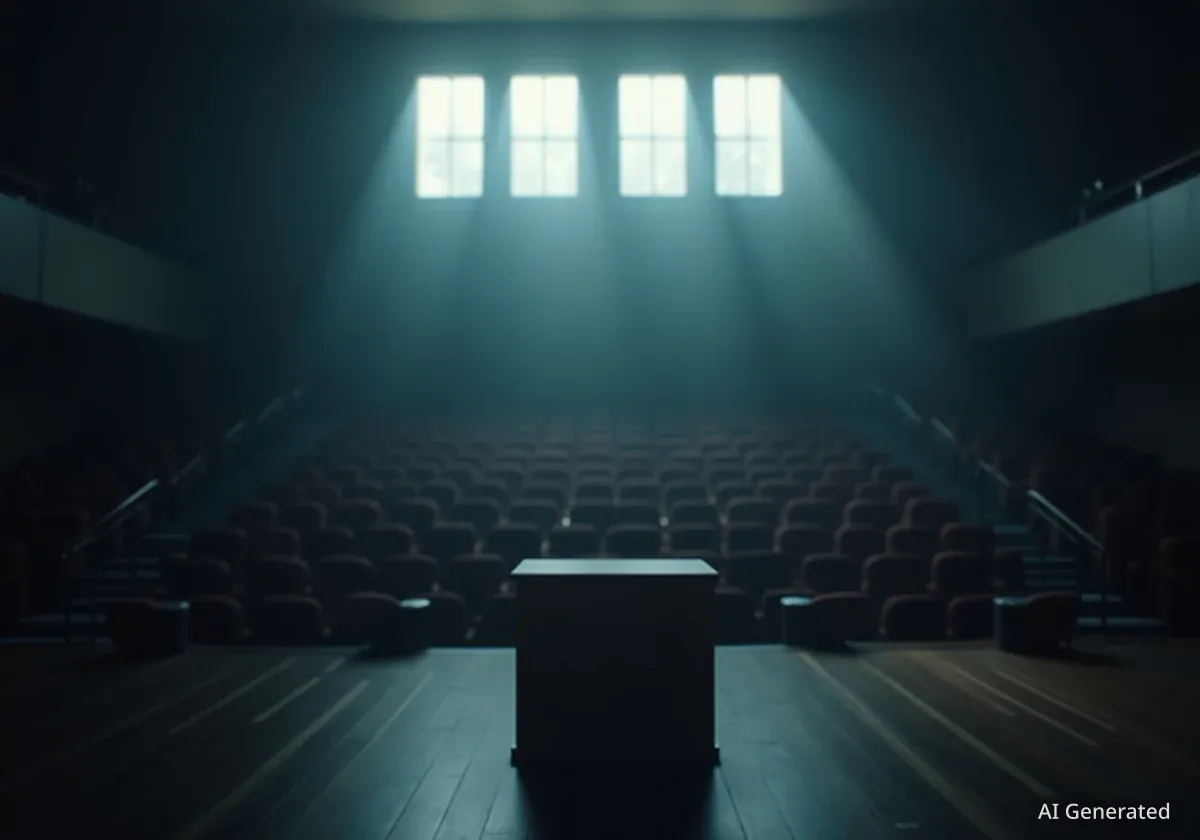The Dubuque Community School District is now confronting a difficult financial future after voters rejected a $70 million bond measure for the second time in two years. The proposal, which aimed to fund a new middle school, fell short of the required 60% supermajority, leaving district officials to find alternative solutions for pressing operational and budgetary challenges.
Despite a majority of voters supporting the initiative, the outcome forces the district to re-examine its plans for consolidation and cost savings. Officials have confirmed that significant changes are now unavoidable to address a looming financial shortfall.
Key Takeaways
- A $70 million bond for a new middle school failed, receiving 56.8% approval instead of the required 60%.
- This is the second bond failure for the district in two years, with the margin of defeat increasing.
- The district must now find $1.9 million to $2.5 million in annual savings to remain financially stable.
- Closure of Jefferson Middle School remains a certainty, though the timeline is now unclear.
- A task force of administrators and staff will explore cost-cutting options, including increased class sizes or program eliminations.
Voters Reject Proposal Amidst Financial Concerns
On Tuesday, residents of the Dubuque Community School District voted on a proposed $70 million bond. The measure secured 11,612 votes in favor, or 56.8% of the total, while 8,831 people, representing 43.2%, voted against it. While a majority supported the plan, it did not meet the 60% threshold legally required for passage in Iowa.
The vote saw a significant increase in turnout compared to a similar measure in 2023. A total of 20,443 people participated in this year's referendum, an increase of more than 8,000 voters from the 12,330 who cast ballots in the previous attempt. Notably, the margin of defeat widened this year, dropping from 58.91% approval in 2023.
By the Numbers
- Required Approval: 60%
- Actual Approval (2025): 56.8%
- Previous Approval (2023): 58.91%
- Voter Turnout Increase: Over 8,000 more voters than in 2023.
The bond was intended to be combined with $51.9 million from the district's statewide 1-cent sales tax fund to finance a new $121.9 million middle school. This new facility would have replaced the aging Washington Middle School and allowed for the closure of Jefferson Middle School, consolidating the district from three middle schools to two.
An Unavoidable Financial Reckoning
District leaders have been transparent about the financial pressures driving the consolidation plan. They projected that moving to a two-middle-school model would generate annual operational savings between $1.9 million and $2.5 million through building efficiencies and reduced staffing needs.
Superintendent Amy Hawkins emphasized that the financial reality has not changed with the bond's failure. The district is facing a steady decline in its unspent balance, which functions as a savings account for the general fund. Projections show this balance could plummet from a target of $12 million to just $1.4 million by the end of the 2029-2030 school year if no action is taken.
"Our financial situation isn’t changing," Hawkins stated. "We have to look at ways to make those efficiencies because the district cannot continue on the path we’re on right now."
School Board President Kate Parks echoed this sentiment, dispelling any notion of maintaining the status quo. "We’ve made it pretty clear that we needed to find savings, so we’ll still have to find those savings and figure out how we’re going to do that," she said.
The Jefferson Middle School Question
Regardless of the bond's outcome, the district had already determined that Jefferson Middle School must close. Citing declining enrollment, the building's age, and high maintenance costs, officials see its closure as a necessary step. Superintendent Hawkins reaffirmed this week that shuttering Jefferson is still part of the district's long-term strategy, though the exact timing is now uncertain.
A Task Force to Explore Difficult Options
With the consolidation plan stalled, the district is forming a task force composed of administrators and staff to identify alternative cost-saving measures. According to Hawkins, the group will need to "think outside the box" to find a viable path forward. The district also aims to incorporate student and community feedback into the decision-making process.
Several drastic options were proposed by the district earlier this year as potential alternatives. These are now back on the table for consideration:
- Additional elementary school consolidations.
- Moving eighth-grade students to the high school campuses.
- Increasing class sizes across the district.
- Eliminating certain academic or extracurricular programs.
These choices represent the difficult trade-offs the district now faces to balance its budget while minimizing the direct impact on student learning.
Community Reacts to the Vote
The outcome has drawn varied reactions from community members involved in the debate. Sean Murphy, a representative for the Yes for Dubuque Schools committee, expressed his "extreme disappointment" with the results. He noted that a majority of voters did support the bond, even if it failed to clear the supermajority hurdle.
"I think this would have played a huge role in helping attract and keep families here in Dubuque," Murphy said. "I do think people still care about schools here in Dubuque and know they matter... but with this plan, I guess people thought they needed more information."
On the other side, Paul Kern, chair of the Vote No Dubuque School Bond committee, viewed the result as a clear message from the electorate. "That in itself is a statement," he said, referring to the increased turnout and wider margin of defeat. "Hopefully, the district looks at that and goes, ‘OK, the voters have said in even greater numbers that they don’t want a new ... $121.9 million school, and they feel there’s other options.’”
Kern suggested the district revisit a K-6 elementary and 7-8 junior high model. He argued that removing sixth-graders from the middle schools could create enough space at Washington and Roosevelt to absorb students from a closed Jefferson, thereby achieving the desired operational savings without constructing a new building.
Superintendent Hawkins acknowledged that "all options" will be considered but noted that reconfiguring grade levels presents its own challenges, particularly regarding space for the district's preschool programs, which are currently housed in elementary schools. As the district moves forward, balancing community desires with financial necessities will be its greatest challenge.





